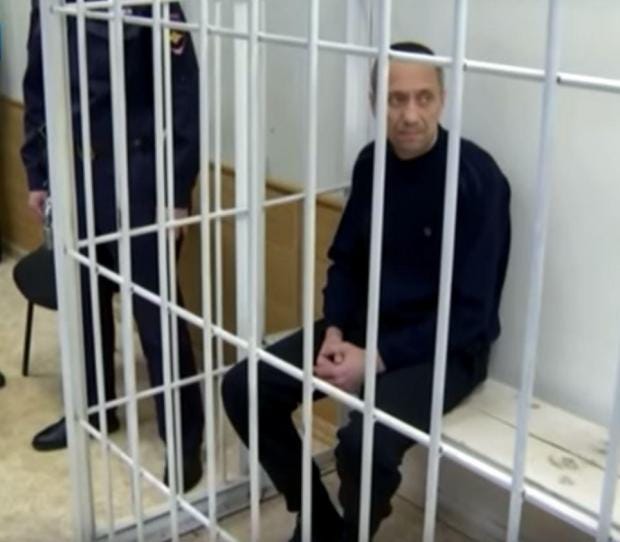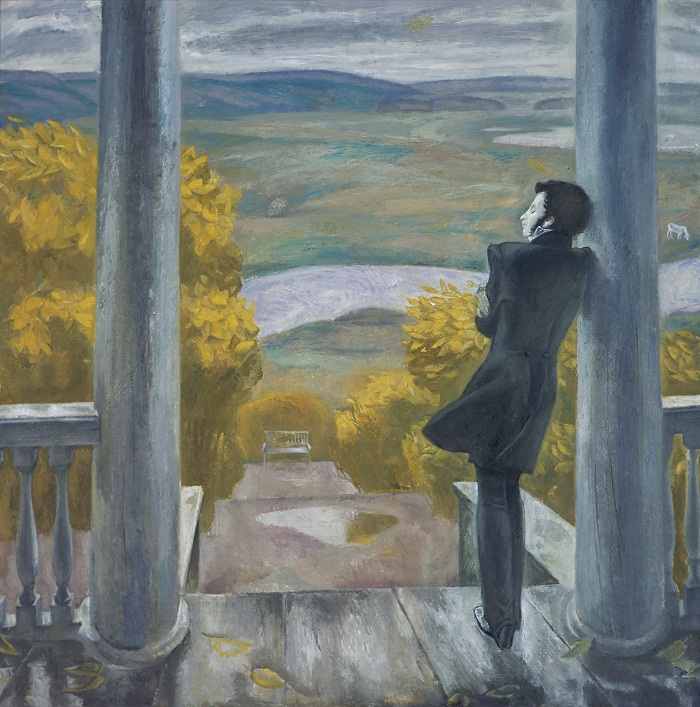
Gunther De Wit, Sarah Theerlynck (BOZAR) (Koordination) Sprache Englisch Beschreibung 496 S., 29 x 26 cm, Hardcover ISBN 978-9401437080 Herstellung / Körperschaft / Ausstellung BOZAR, Brüssel ZKM | Zentrum für Kunst und Medien Karlsruhe Staatliches Museum für Bildende Künste A. On the Futility of the Aesthetic Improvement of the World The Destruction of the ObjectĪn End to Reality. Cybernetics and the Visual ArtsĪrchitectural Utopias.1950-1968. Impulses from Science in Unofficial Russian Art

Elles correspondent au déclin du Réalisme socialiste qui. les sagas ouvrières de Viktor Popkov), mais les décennies qui suivirent (1964-1991) ne manquent pas de surprendre non plus. They contain patterns and figures after classic and traditional models. Soviet iconography, communication, globalization, popularization, socialist realism, modernity, soviet art history. However, from the latter, the images that Pushkins contemporaries created immediately following his demise, as they bade their farewells to him, constitute a special group. A supplement to An Iconographer's Patternbook, originally published in the late 19th century from ancient originals. The Fight against Nuclear Death in the Visual Arts in East and West Germany Pushkin’s tragic death on Janudivided his portrait iconography into works created in the poets lifetime and those that followed. Monument to the Unknown Political Prisoner and Memorial to the Buchenwald Concentration Camp The War, the Cold War, Soviet Ideology and Nonconformism Reflecting the Experience of War through Christian Iconography in European Art of the 1940s and 1950s Trauma and Reconstruction in Post-war FranceĮcce Homo. Testimonies to the War in the Art of the 1940s From Occupation to Occupation at the Centre for Fine Arts Widows (1966) by Russian painter Viktor Popkov on display. “Cours, camarade, le vieux monde est derrière toi” Most likely, the artist depicted his students, two Russian court women who took drawing. The Dialectic of Trauma and Revival in European Art from 1945 to 1968


Mit Texten von Sven Beckstette, Kurt De Boodt, Marie-Ange Brayer, Daniel Bulatov, Alexandra Danilova, Paul Dujardin, Karl Eimermacher, Sergey Fofanov, Eckhart Gillen, Daria Mille, Margit Rosen, Anda Rottenberg, Eduardo Subirats, Peter Weibel, Sarah Wilson, Ekaterina Yurevna Andreeva und Slavoj Žižek. In erhellenden Texten zeigen Experten die verschiedenen Entwicklungen und Bewegungen, von der Trauer der ersten Nachkriegsjahre bis zur britischen Pop-Art und der politischen Kunst, die zu den Revolutionen der späten 1960er-Jahre führte. ✿acing the Future: Art in Europe 1945–1968« zeigt, wie Künstler wie Henri Matisse, Pablo Picasso, Ossip Zadkine, Henry Moore, Renato Guttuso, Fernand Léger, Yves Klein, Gerhard Richter und Lucian Freud das Trauma von 1940–1945 und des Kalten Kriegs verarbeiteten und begannen, neue künstlerische Wege zu erforschen.ĭas Referenzwerk umfasst rund 400 Werke von 150 Künstlern und vereint zum ersten Mal die Nachkriegskunst West- und Osteuropas. Publikationstyp Ausstellungskatalog Verfasser / Herausgeber Eckhart Gillen, Peter Weibel (Hg.) Verlag, Ort Lannoo, Tielt Jahr 2016 Inhaltĭer Zweite Weltkrieg zerstörte auch die Kunstwelt.


 0 kommentar(er)
0 kommentar(er)
